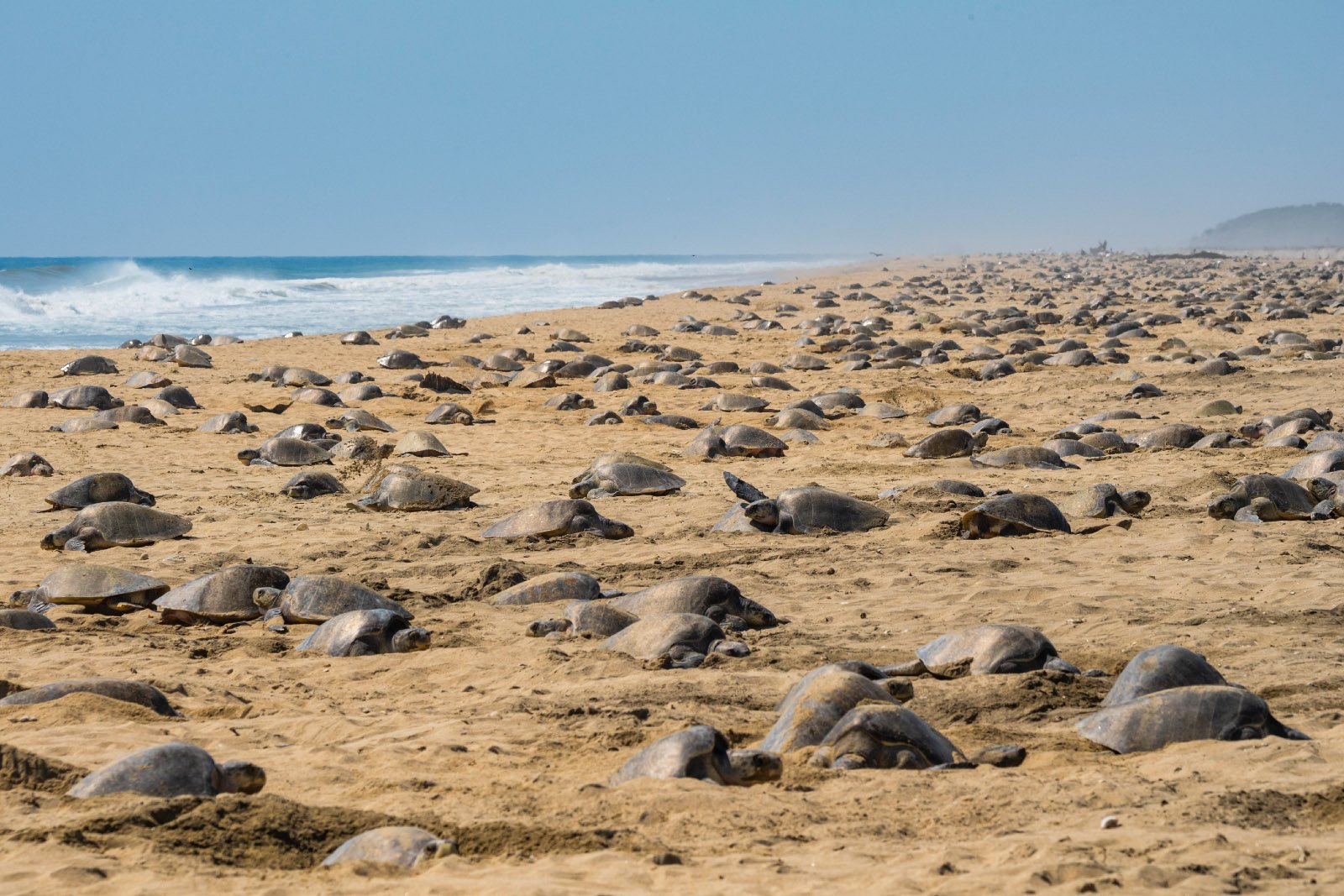Ghost gear—intentionally or unintentionally abandoned, lost, or otherwise discarded fishing gear—is a global conservation problem that affects dozens of marine species, including sea turtles. Ghost gear continues to catch target and non-target species long after being lost, abandoned, or discarded, a process called ghost fishing.
Read MoreCosta Rica is a country of ocean, nature, and sea turtle superlatives. Five of the world’s seven species of sea turtles nest on its shores, a number exceeded only by the significantly larger countries of Australia and Mexico.
Read MoreKnowing where turtles are in a particular life stage is a critical first step to defining Important Turtle Areas (ITAs), and recent advances in technology are allowing scientists across the planet to begin to unravel many of the mysteries of where turtles go while at sea. One area where this technology was recently applied with great results is the Arabian region, a part of the world not well known for its sea turtles.
Read MoreBefore 2000, there had been only a single published account of sea turtle nesting in Peru. The prevailing notion was that Peru is too far south—too cold—for successful sea turtle nesting. Thanks to the efforts of ecOceanica, we now know that nesting seems to be on the rise along Peru’s coast.
Read MoreThe following list was published in The State of the World's Sea Turtles Report Vol. 7 in 2012 and identifies the 11 most threatened sea turtle populations in the world. This analysis was made possible by the priority-setting efforts of the Burning Issues (BI) Working Group of the IUCN Marine Turtle Specialist Group, which created a framework for delineating sea turtle populations globally (RMU's) and then evaluated, compared, and organized sea turtle RMU's within the context of a conservation "priorities portfolio".
Read MoreThe following list was published in The State of the World's Sea Turtles Report Vol. 7 in 2012 and identifies the 12 most healthiest sea turtle populations in the world. This analysis was made possible by the priority-setting efforts of the Burning Issues (BI) Working Group of the IUCN Marine Turtle Specialist Group, which created a framework for delineating sea turtle populations globally (RMU's) and then evaluated, compared, and organized sea turtle RMU's within the context of a conservation "priorities portfolio".
Read MoreBack in the 1950s, the “riddle of the ridley turtle” stumped renowned sea turtle biologist Archie Carr. Where did that name come from? And where, indeed, did the turtles come from? Researchers have been working tirelessly to solve it ever since. In this Special Feature, SWOT presents the first ever global map of the biogeography of Olive ridley sea turtles.
Read MoreThis beach was first noticed in 1974, when Robert Bustard visited the mangrove forests of Bhitarkanika—in Orissa on the east coast of India—in search of saltwater crocodiles. In passing, he heard of a beach where thousands of turtles arrived each winter. The following year, he returned with a group of young and enthusiastic biologists, and soon after announced to the world that they had discovered the world’s largest rookery for the species.
Read More









